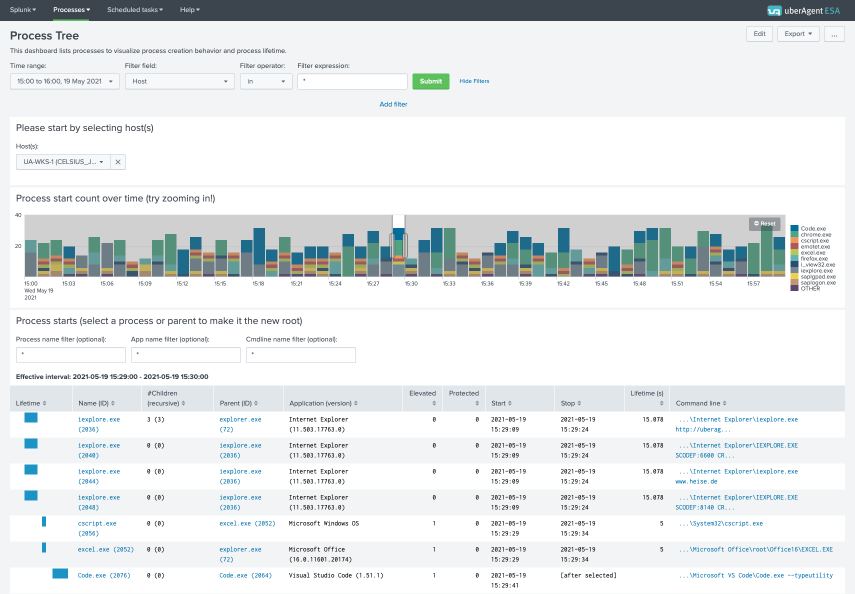-
-
-
-
Process Tree Dashboard
-
-
This content has been machine translated dynamically.
Dieser Inhalt ist eine maschinelle Übersetzung, die dynamisch erstellt wurde. (Haftungsausschluss)
Cet article a été traduit automatiquement de manière dynamique. (Clause de non responsabilité)
Este artículo lo ha traducido una máquina de forma dinámica. (Aviso legal)
此内容已经过机器动态翻译。 放弃
このコンテンツは動的に機械翻訳されています。免責事項
이 콘텐츠는 동적으로 기계 번역되었습니다. 책임 부인
Este texto foi traduzido automaticamente. (Aviso legal)
Questo contenuto è stato tradotto dinamicamente con traduzione automatica.(Esclusione di responsabilità))
This article has been machine translated.
Dieser Artikel wurde maschinell übersetzt. (Haftungsausschluss)
Ce article a été traduit automatiquement. (Clause de non responsabilité)
Este artículo ha sido traducido automáticamente. (Aviso legal)
この記事は機械翻訳されています.免責事項
이 기사는 기계 번역되었습니다.책임 부인
Este artigo foi traduzido automaticamente.(Aviso legal)
这篇文章已经过机器翻译.放弃
Questo articolo è stato tradotto automaticamente.(Esclusione di responsabilità))
Translation failed!
Process Tree Dashboard
Tracking Process Lifetime & Child Creation
Process GUID
uberAgent ESA assigns each process a GUID. Such a unique ID is necessary because the operating system’s process IDs are reused. By leveraging process GUIDs, uberAgent can track processes throughout their lifetime, from the start (sourcetype uberAgent:Process:ProcessStartup) to the end (sourcetype uberAgentESA:Process:ProcessStop) as well as during the runtime (sourcetype uberAgent:Process:ProcessDetail).
Process Parent
uberAgent ESA not only identifies unique process instances; it also keeps track of parent-child relationships. All process start and stop events include names and GUIDs of the parent process.
Process Tree
A process tree is an essential tool for understanding process creation behavior. uberAgent ESA comes with a powerful Process Tree dashboard that makes it easy to identify a process’ descendants, listing important process properties such as the process lifetime, the command line, the elevation status, or the name and version of the application the process is a part of. Additionally, the number of child processes is calculated, both direct children as well as their children recursively.
By selecting any process in the tree, it becomes the new root, and the table updates to show its child processes. This makes it possible to browse through process hierarchies.

Share
Share
In this article
This Preview product documentation is Citrix Confidential.
You agree to hold this documentation confidential pursuant to the terms of your Citrix Beta/Tech Preview Agreement.
The development, release and timing of any features or functionality described in the Preview documentation remains at our sole discretion and are subject to change without notice or consultation.
The documentation is for informational purposes only and is not a commitment, promise or legal obligation to deliver any material, code or functionality and should not be relied upon in making Citrix product purchase decisions.
If you do not agree, select I DO NOT AGREE to exit.